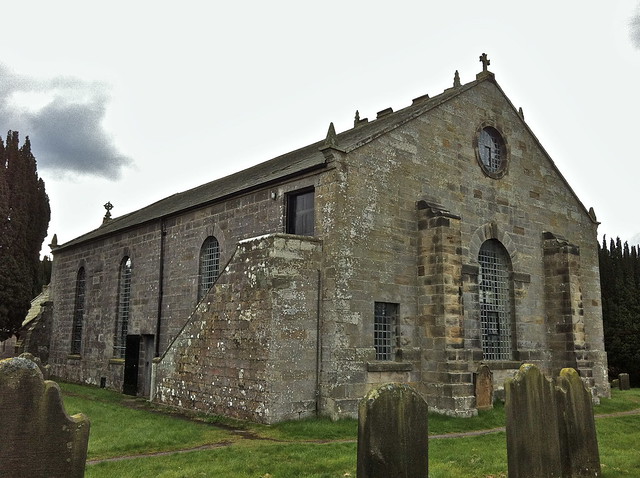A skilful restoration of an earlier church to bring it into line with the contemporary taste for the gothic.
Temple Moore was not the first to add his imprint to the interior of St Hilda's. The original church had been rebuilt in 1789 to suit the very different tastes of the time, and galleries and box pews had been added. Moore's banished these Georgian intrusions into the pure gothic. He replaced the pews with simple benches and divided the nave with slender arcades.
The gothic movement that swept through church-building in the 19th century inspired many communities to backdate their churches to the Middle Ages by adding or restoring gothic elements. In the wrong hands this could lead to a great deal of faux-medieval frippery, which has generally not aged very well. St Hilda's, however, is an example of how to medievalise a church judiciously. Temple Moore had a genuine respect and enthusiasm for the romance of ancient buildings and under his guidance the remaining mediaeval stone from the earliest church on the site was carefully revealed.
The conventions of gothic architecture required churches to have a separate chancel. Moore didn't have to add one here, because it had already been added in 1848 during an earlier bid to subject the building to the ecclesiological rules of church building.
The Reverend John Christopher Atkinson was vicar of Danby from 1847 until his death in 1900. Besides being a clergyman, he was a pioneering archaeologist, geologist, folklorist and philologist, best known for his book “Forty Years in a Moorland Parish” (1891). This neglected classic is a fascinating account of the local landscape and the people of Danby.
